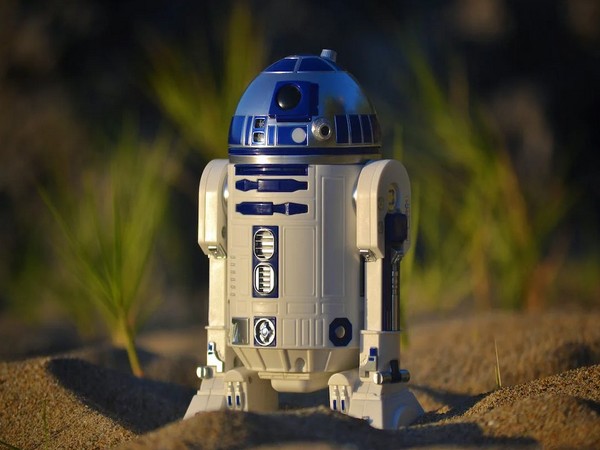Robots keep track of impact of gas leak on environment
Three underwater robots from the University of Gothenburg have been placed near the Nord Stream gas pipeline leaks in the Baltic Sea.

- Country:
- Germany
Three underwater robots from the University of Gothenburg have been placed near the Nord Stream gas pipeline leaks in the Baltic Sea. This is done in order to track how the significant release of methane gas over time affects the chemistry and marine life there. Additionally, research vessel Skagerak is set to deploy on a new expedition to the Baltic Sea to test run the large, unmanned vessel Ran.
When the Nord Stream pipelines started to leak methane gas, the university's researchers didn't just go on an expedition with the R/V Skagerak. Three remotely operated underwater robots were positioned there with the assistance of the Voice of the Ocean Foundation, or VOTO. For the ensuing 15 weeks, they will roam throughout the ocean while continuously logging water data. They are known as gliders, and VOTO, which oversees their management, provides them. According to oceanographer Bastien Queste of the University of Gothenburg, the robots can provide measurements regarding how the natural gas leak affects the chemistry and quality of the water.
Plenty of data from the area In the region, which serves as one of the foundation's ocean observatories and where the water quality is continuously measured, VOTO has had two gliders there since March 2021. Over a predetermined distance, the robots repeatedly descend to the bottom and then ascend to the surface. The researchers receive the most recent measurement data through satellite each time the glider is at the surface. There is therefore a tonne of historical data in this area. The manufacturer Alseamar has fitted one of the three extra robots that were released into the water last week with a special sensor that will allow it to track changes in the methane content over the ensuing 15 weeks.
"Last week's expedition provided valuable data and a snapshot of the state of the ocean immediately after the leakage occurred. With the new robots in place, we receive continuous reports on the state of the water near the Nord Stream pipeline leaks. They are deployed solely for this purpose", says Bastien Queste. "The point is that we get measurements from the water over a long period of time and over a larger area. We can see how long it takes for the methane to disappear and how the aquatic environment reacts over time. The response in the sea is often delayed. It may take days or weeks before we see a change", says Bastien Queste.
Even the typically deployed underwater robots, which detect salinity, temperature, oxygen concentration, and chlorophyll content, can give significant data. This completes the image of the Baltic Sea's water condition following the gas release. Solid scientific documentation
"Together with the new robots and the expedition's measurements, we researchers will have solid scientific documentation of the impact of the Nord Stream leak. When we add it all up, we have a good picture of both the immediate and the delayed effects. With gliders that continuously measure, we will be able to better understand the processes observed then", says Bastien Queste. Just as the expedition was about to disembark, Skagerak's second voyage to the Baltic Sea was being planned. For a very long time, polar researcher Anna Whlin had meticulously prepared a journey with the ship to the region east of Bornholm.
The huge underwater robot Ran's behaviour in waters with thick density layers and its measurement capabilities over sediment-rich bottoms will be put to the test. This location is ideal for that. Because it analyses the quantities of carbon dioxide and nitrate in the water, Ran will also be able to help the study of gas emissions, according to Anna Whlin. Ran is also leaving Skagerak for the first time, which will put the ship's adaptability to the test. (ANI)
(This story has not been edited by Devdiscourse staff and is auto-generated from a syndicated feed.)
- READ MORE ON:
- Bornholm
- Nord Stream
- Nord
- Baltic Sea
- Baltic Sea's










